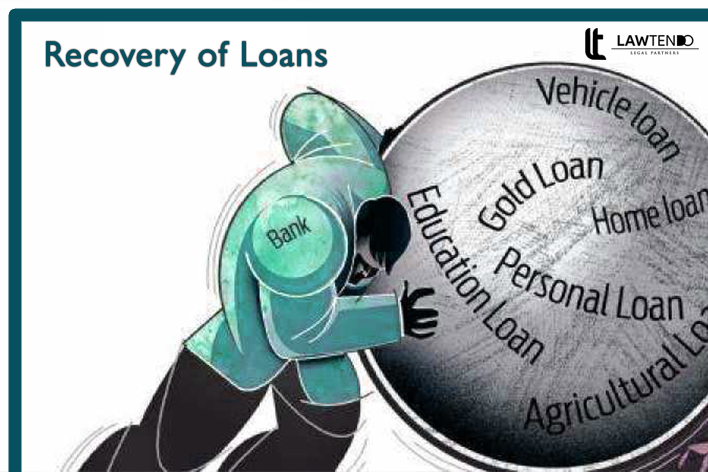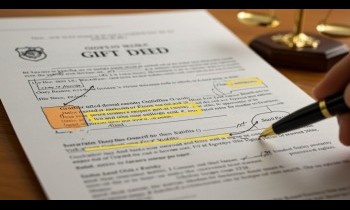How banks recover loans?

Date : 20 Sep, 2019
Post By Sankul Nagpal
The banks, financial institutions, and even personal lenders are now facing the problem of recovering the money advanced to individuals and business entities. Due to this, lenders have started restraining themselves from giving out loans. The need for an effective system of recovery that could work in favour of the lenders, was fulfilled after the formation of the Debt Recovery Tribunals in India.
With Dispute Resolution Tribunals now in place, a proper system of recovery is applied which helps both creditors as well as borrowers. The procedure of recovery followed by the DRT includes.
SENDING OF REMINDER NOTICES
The age-old method of following up loan dues via telephonic reminders or by visiting the borrower’s residence or business premises is replaced by written notices to the borrower intimidating them about the due EMI and requesting the borrower to clear the dues. Without any written notice, the Bank/ NBFC cannot initiate any legal or recovery measures.
REPOSSESSION OF THE MORTGAGED PROPERTY
In cases for recovery of secured loans repossession of property is done to recover the dues from the borrower without hurting the borrower’s dignity. This process involves the repossession and subsequent valuation of the asset and the realization of the outstanding amount by way of sale or auction of the assets. The repossession is done after the final notice is sent to the borrower in a legal and formal way.
VALUATION AND SALE OF PROPERTY
Another key step to recover the loans is the Valuation of the property which is done in accordance with all legal means and in a transparent manner. In case of a secured loan, the value of security approved by the valuer of the company is conveyed to the borrower before proceeding further for the sale. Even if the sale is being done by the borrower then the sale bid should be higher to cover the due balance amount of the loan.
Options available to the borrower against recovery proceedings
Since nobody intentionally delays the payment, there can be some circumstances such as losing a job, high fees for further education or any other emergency that can lead to a gap in EMI payment. Therefore, if a borrower is suffering from an unfortunate circumstance he/she can always opt for any of the following options:
PAYMENT HOLIDAY
The borrower can ask the Bank/ NBFC to provide an EMI holiday for a few months until the personal problem is resolved. And even though penalties are charged for delayed payments the lenders often consider the genuine reasons for the delays.
REDUCTION IN EMI
In unfortunate circumstances, the borrower instead of defaulting can request the lender to increase the loan tenure. This will reduce the EMI burden, however, you might end up paying a higher amount of interest. But once your financial status stabilizes you can again increase the EMI or end your loan.
ONE TIME SETTLEMENT OF LOAN
Another option available to borrowers once he/she is declared as a non-performing asset (NPA), is to settle the loan account by paying a one-time payment called the one-time settlement.
LawTendo has around 15000+ lawyers across India in our platform. LawTendo strives to facilitate cost-efficient and quality legal service to our clients. You can contact us at +91-9671633666 or info@lawtendo.com.





